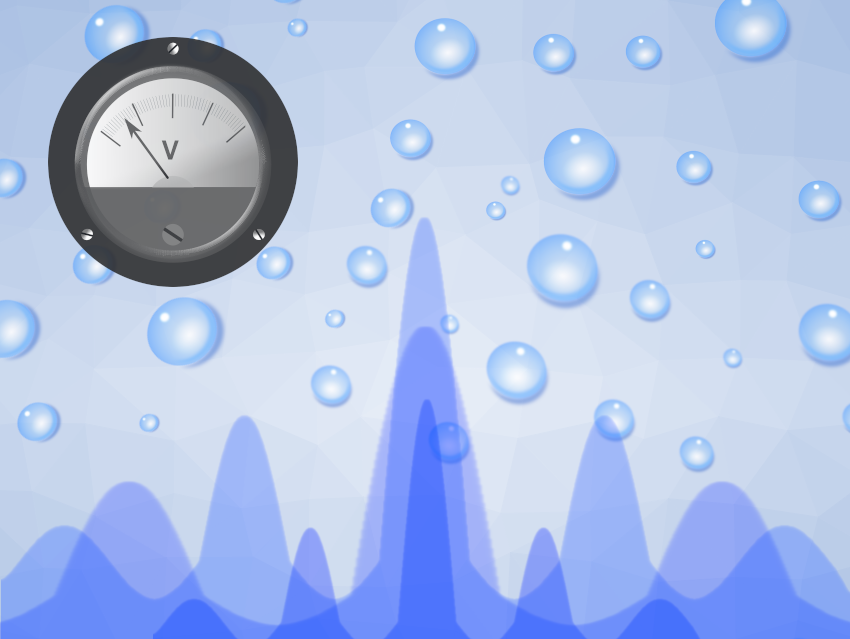Clouds and electric charges are well-known combinations—lightning storms are a common weather phenomenon, after all. While the finer details of how a stormcloud forms an electric charge are still a subject of research, one key point is a charge transfer between colliding droplets of water and ice crystals, which travel in opposite directions and, thus, generate regions with positive and negative charges, respectively.
The combination of electric fields with water undergoing phase changes between liquid and vapor can also be the reason for interesting chemical reactions in the atmosphere. Due to the presence of electric fields, water-droplet interfaces can lower the activation barriers and act as catalysts for some reactions, and the net charge of electrified droplets can influence redox reactions. Such atmospheric reactions could have an effect on the environment, e.g., transforming harmful volatile organic compounds.
Richard N. Zare, Stanford University, CA, USA, Feng Wang, Dalian Institute of Chemical Physics, Chinese Academy of Sciences, and University of Chinese Academy of Sciences, Beijing, and colleagues have found that fast phase switching of water between microdroplet, vapor, and bulk phases can influence electrochemical reactions. In particular, the team investigated reactions of 1,2-dichloroethane (DCE), which can be harmful to human health and has a long environmental half-life. Under reductive conditions, DCE can be dechlorinated to give chloroethyl radicals. Under oxidative conditions, the resulting chloroethyl radicals can undergo dehydrogenation, forming vinyl chloride, which could be further degraded.
The team used an ultrasonic spray in a closed system to build their own “microcloud”. In this system, droplets form and coalesce very quickly near the bulk water surface. The fast switching between bulk water, microdroplets, and water vapor caused by this setup leads to an alternating voltage near the surface of bulk-phase water. This, in turn, causes a fast switch between reductive and oxidative conditions in basically the same space—enabling the conversion of DCE to vinyl chloride via the reduction/oxidation cascade described above with high selectivity. Using “conventional” electrolysis in a bulk water phase, this reaction cascade would be limited by the necessary mass transfer of the reactants between the electrodes. In this case, the right reaction conditions are brought to reactants instead of the other way around.
- Microdroplet-Mediated Multiphase Cycling in a Cloud of Water Drives Chemoselective Electrolysis,
Xuke Chen, Yu Xia, Yifan Yang, Yunpeng Xu, Xiuquan Jia, Richard N. Zare, Feng Wang,
J. Am. Chem. Soc. 2024.
https://doi.org/10.1021/jacs.4c11224


